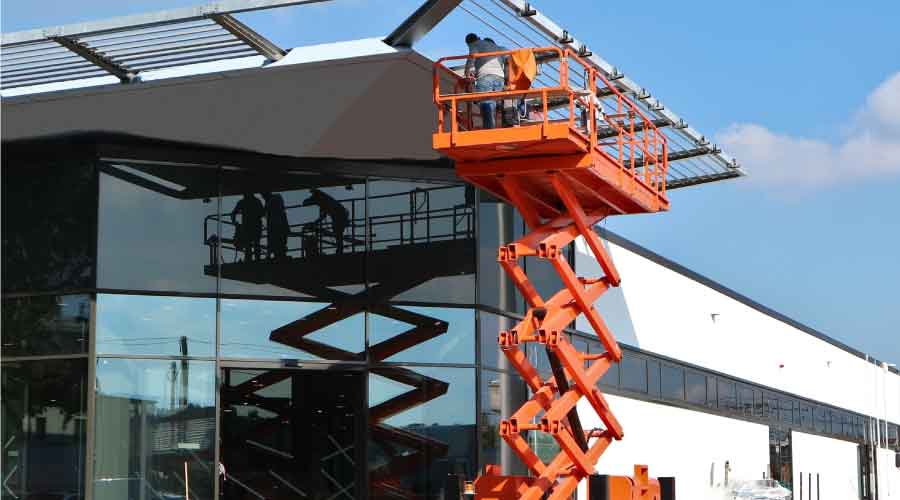Personal Protective Equipment: Focus on Arc Flash
Managers need to pay special attention to PPE for use in high-hazard areas, such as arc-flash protection involved with electricity. PPE for electrical hazards includes general PPE, such as safety glasses, face shields, hard hats, safety shoes, insulating rubber gloves with leather protectors, insulating sleeves, and flame-resistant clothing.
Some electrical hazards, such as arc-flash situations, require specific PPE. Electrical arc-flash hazards occur when powerful, high-amperage currents arc through the air. Arcing is the luminous electrical discharge that occurs when high voltages exist across a gap between conductors and current travels through the air. This situation often results from equipment failure due to abuse or fatigue.
Protection from arc-flash requires special PPE, but knowing the equipment and clothing to avoid is equally important in ensuring safety. Managers need to ensure technicians never wear clothing made from synthetic materials, such as acetate, nylon, polyester, polypropylene, or rayon — either alone or combined with cotton. Such clothing can burn and melt onto the skin.
The National Fire Protection Association's (NFPA) 70E, Standard on Electrical Safety in the Workplace, contains information on PPE for electrical and arc-flash hazards. Minimally, PPE for protection against electrical hazards should include untreated, natural-fiber, long-sleeve shirts and long pants, as well as safety glasses with side shields. The PPE required for a specific task will depend on the voltage involved.
NFPA 70E also specifies the use of fire-resistant protective clothing, including a multi-layer, flash suit jacket and pants, a wraparound face shield, a double-layer switching hood, voltage-rated gloves with leather protectors, and electrically rated hard hats.
Related Topics:














